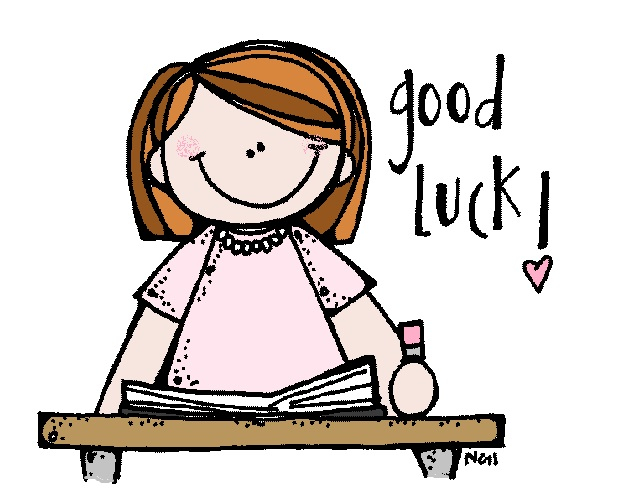
The candidate must be a graduate (10+2+3/4) or equivalent with a score of at least 50%. The degree must be in a related creative field or be accompanied by relevant work experience. Selection: Candidates are chosen based on their performance in the TDV Entrance Exam portfolio review and personal interview.
It is a specially designed test that evaluates a person's various dimensions. TDV has adopted a multicultural approach and has offices in cities such as Delhi, Mumbai, Bangalore, Bhopal, Kochi, Lucknow, Chandigarh, Noida, and Kolkata. The institute's entrance exam is divided into multiple channels, each reflecting the intrinsic personality traits that a capable design curator must possess.
Correlative quiz: It tests aspirants' awareness level in the form of a treasure hunt in which clues are provided and one must navigate to reach a destination; designed to make them understand correlations between people/places/objects/events, etc. to test the presence of mind in correctly reading the question because there are trick questions.
This is a comprehensive question for ideation and visual representation. This question-the ability-evaluates the potential for all of the attributes. To imagine a scenario holistically and in parts (thinking outside the box/compassion). To visualise the representation and draw clearly and proportionately (ability/skill). To observe from memory/additionally enrich and vividly enrich the imagined environment (awareness/perseverance)
Dr. Paul Hekkert says in his book, 'ViP-Vision in Product Design,' that design is about taking positions, building arguments for why it is what it is, and being able to justify them with logic and rationale.
Creating thumbnails: This allows the student to express the core concept or basic concept of what he or she is attempting to express and is extremely useful in visual communication. The exercise is intended to address several meanings:
1. To assess lateral thinking based on interpretation, beginning with the most obvious and progressing to the least obvious.
2. The response could also indicate that you are aware of what is going on in the world.
TDV's situational test presents candidates with realistic yet hypothetical scenarios and asks them to build models around them, which has been identified as an excellent method to assess creative and innovative skills with regard to spontaneity.